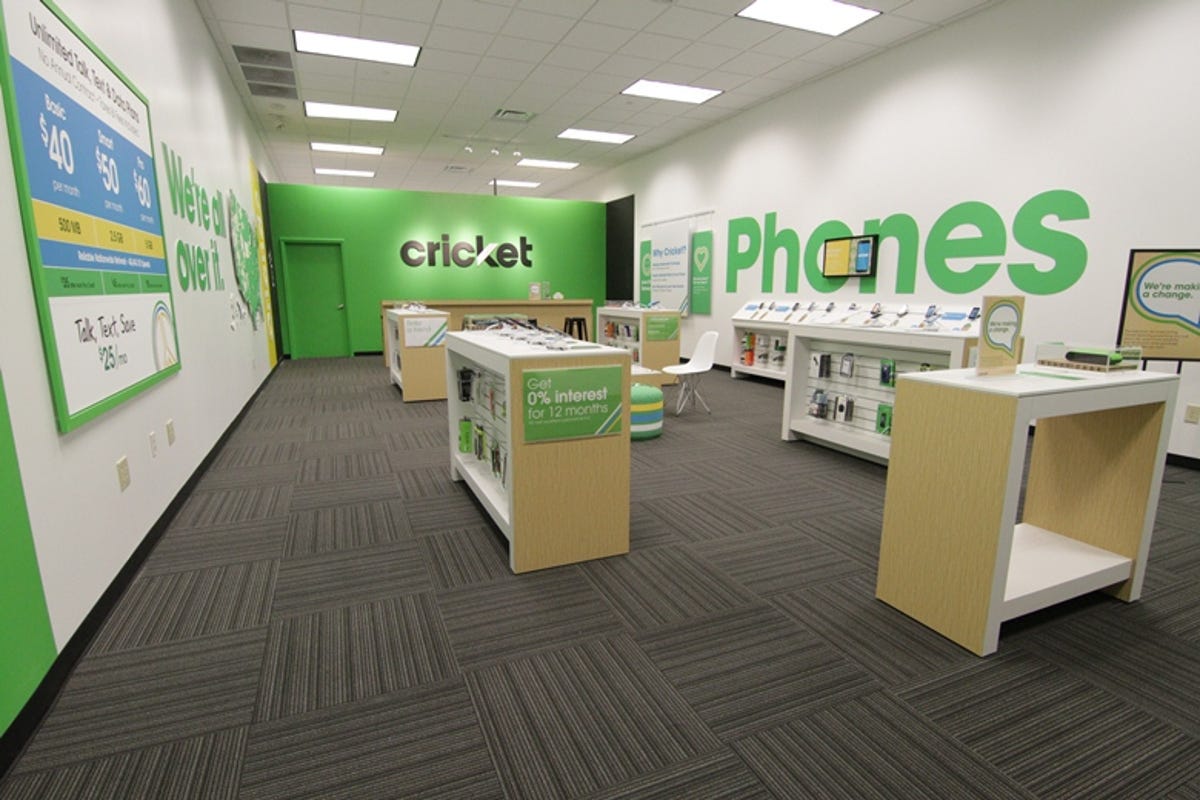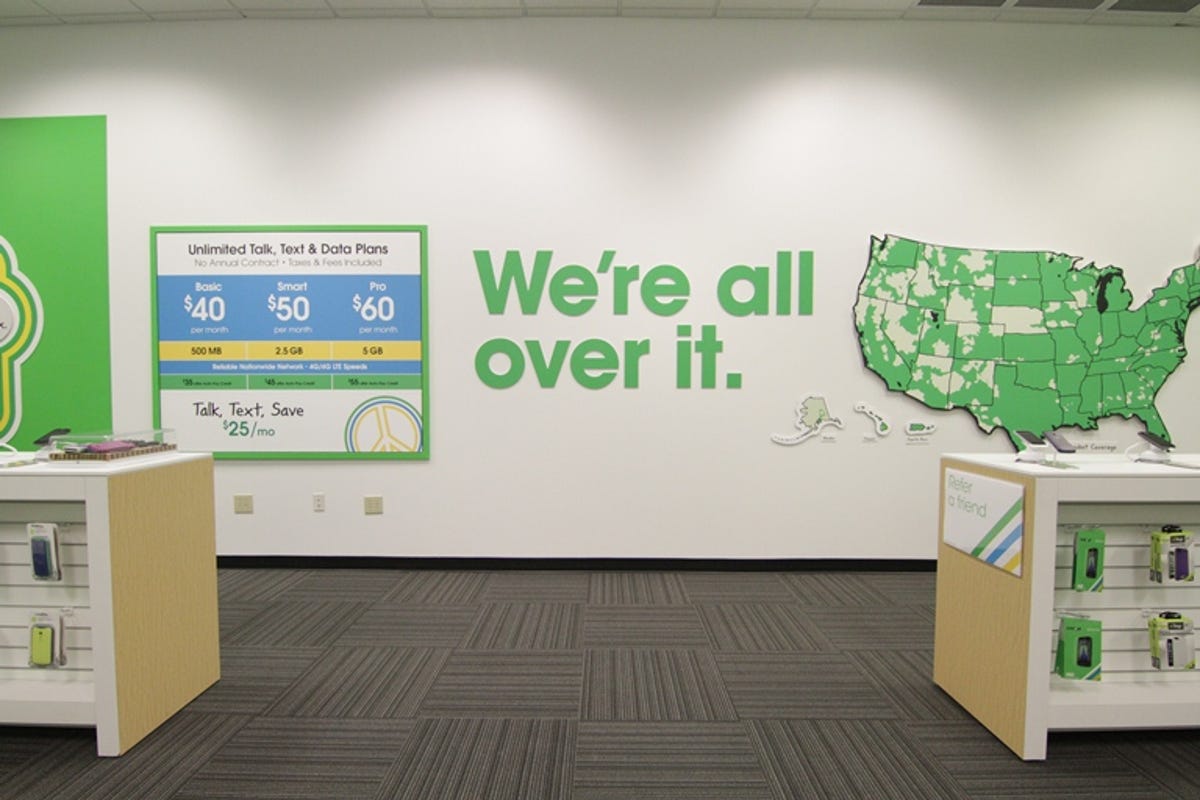
Cricket
The Cricket Wireless brand got a new lease on life thanks to AT&T, which re-introduced the prepaid wireless service on Sunday with a new set of competitive offers.
AT&T inherited the Cricket brand through its $1.2 billion acquisition of Cricket-parent Leap Wireless, which closed in March. As a result of its decision to fully back Cricket, the Dallas telecommunications provider scrapped its own prepaid Aio brand, which launched just one year ago.
“As you think about the new Cricket, think about it as keeping the Cricket name, but totally changing the game for customers,” said Jennifer Van Buskirk, president of AT&T’s Cricket unit.
By strengthening its prepaid offering and consolidating its resources behind the more widely known Cricket name, AT&T is hoping to tap into one of the fastest growing parts of the market. With the number of contract customers — which are seen as the most lucrative in the industry — shrinking, the prepaid is seen as a more critical market for the carriers.
Customers who come into the store today get a phone that’s compatible with the AT&T network, kicking off the transition from Cricket’s older CDMA network to AT&T’s use of HPSA+ and LTE.


Aio Wireless (screen grab by Scott Webster)
The plans are roughly in line with prepaid peers such as T-Mobile’s MetroPCS and Sprint’s Boost Mobile. There’s a $40 plan for unlimited phone service, text message, and 500 megabytes of data, a $50 plan that includes 2.5 GB of data, and $60 that includes 5 GB of data. After a customer hits their limit, they are throttled down to a lower speed.
As an added benefit, customers who agree to sign up for auto payments get a $5 discount off their plans.
There’s also a talk and text plan for $25 a month.
Cricket also has another feature, Group Save, which works like Sprint’s Framily offer, applying steeper discounts as more people are added to the plan. A second line will get $10 in savings, a third line garners $20 in savings, while a fourth and fifth line each get $30 in savings. Unlike Framily, where the bills are separate, Group Save operates under a single bill.


“Ultimately, the best offer will win, and I like our chances,” Buskirk said.
Buskirk believes the prices and the network offer an attractive combination. New Cricket customers will be able to tap into the AT&T 4G LTE network, which is a notable upgrade from Cricket’s older network, which is both slower and offers less comprehensive coverage.
Existing Cricket users will need to upgrade to a new phone to tap into the AT&T network. The company intends to migrate the entire base over to new phones over a period of 18 months, Buskirk said, noting that she doesn’t believe the company will have any problems convincing customers to switch. New customers, however, won’t be getting the Muve streaming music service that has been popular with Cricket customers (AT&T says existing customers will continue to get it until AT&T decides what to do with Muve).
The dismantling of the Aio brand comes just a year after its launch, which initially hit a few regional markets but expanded throughout the year. Existing Aio and Cricket stores would be both change out their appearance and signage to reflect the new Cricket brand. Aio actually made some progress with its combination of lower rates and strong customer service, features that Buskirk said would make their way to all of the Cricket stores eventually.
AT&T plans to turn Cricket into a national brand, and is starting off with 3,000 stores. A vast majority of the stores represent older Cricket stores, and are dealer relationships. AT&T owns the Aio stores that have been retrofitted.
As part of that national brand push, Cricket will launch a national marketing campaign, as well as continue with its grass roots effort as well.
“There’s a level of noise that they haven’t experienced in the past,” she said.


Cricket



